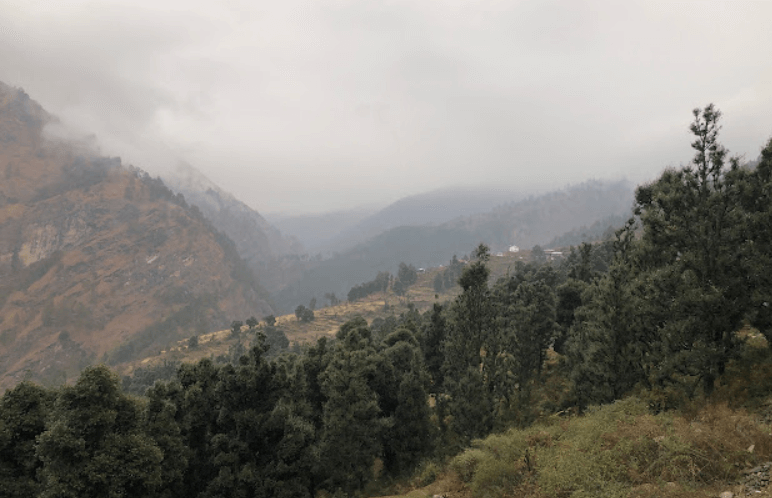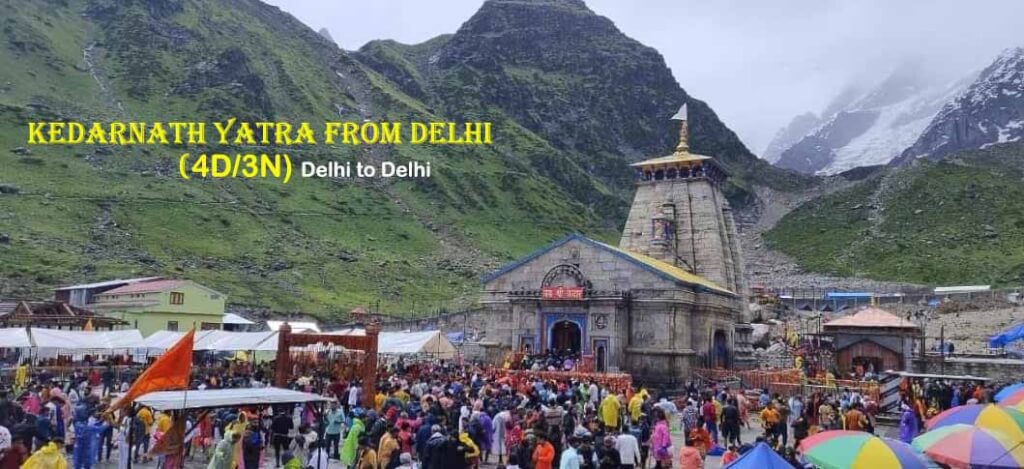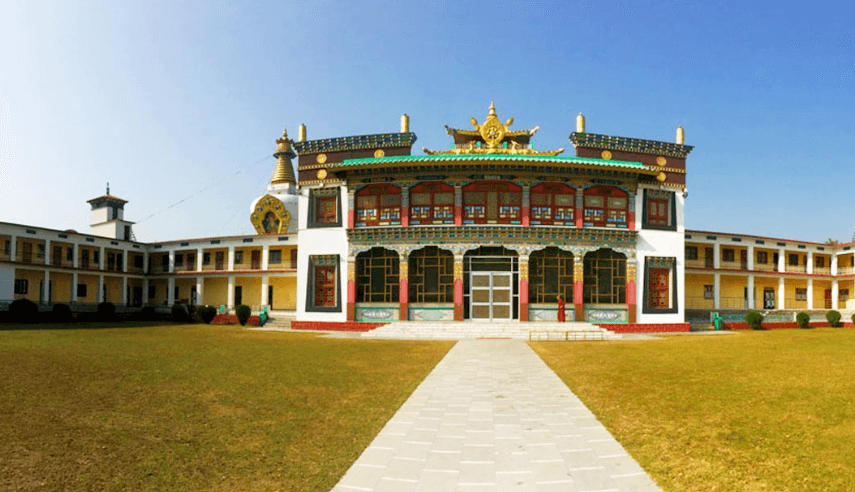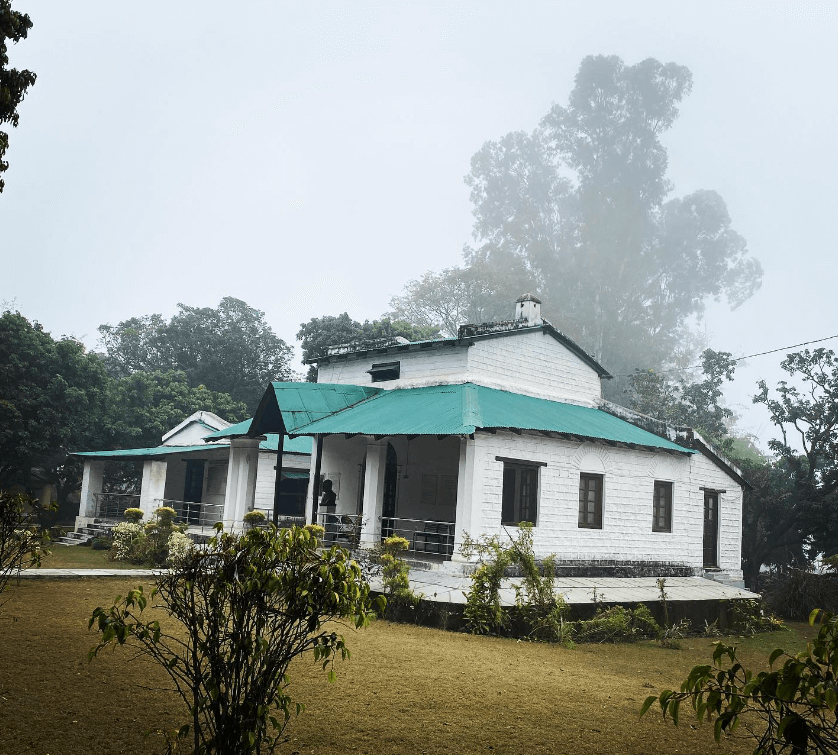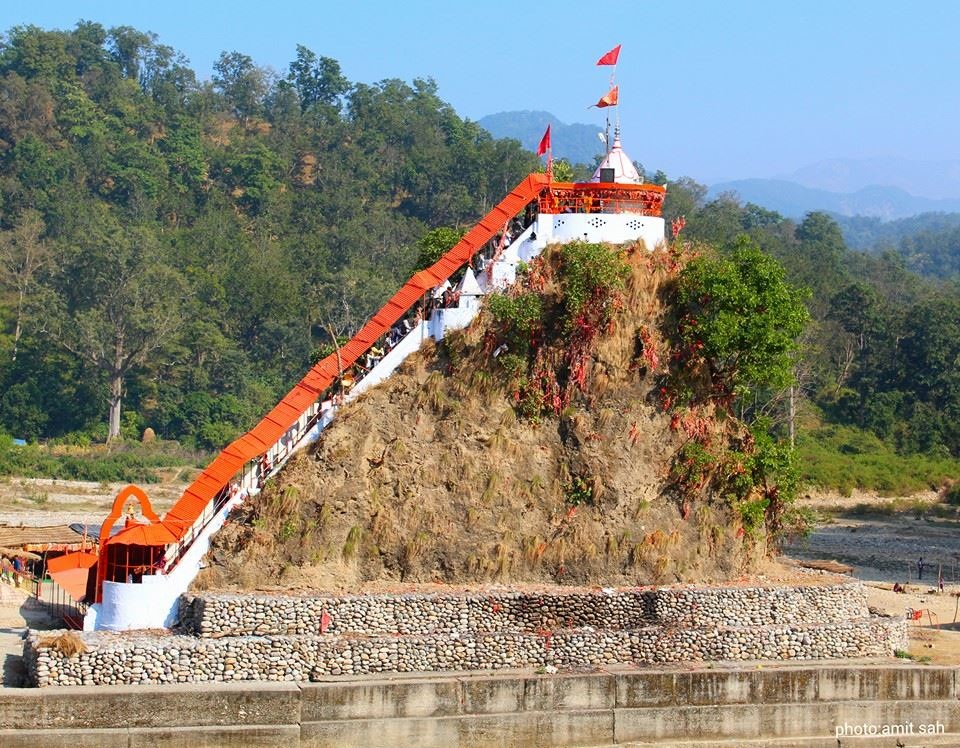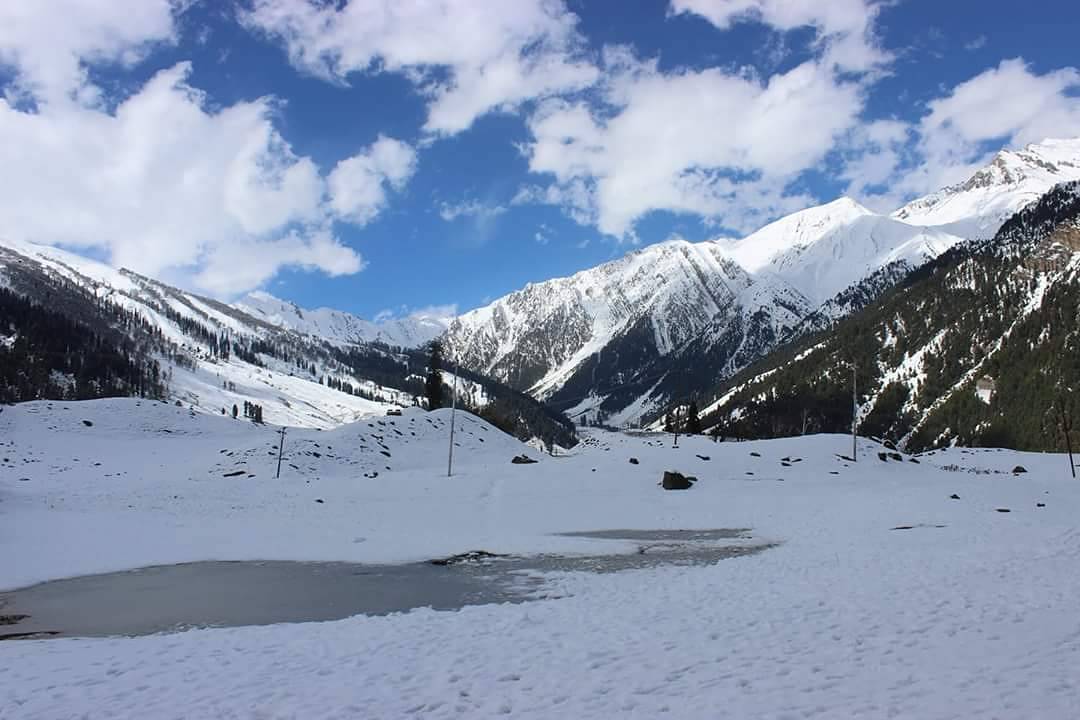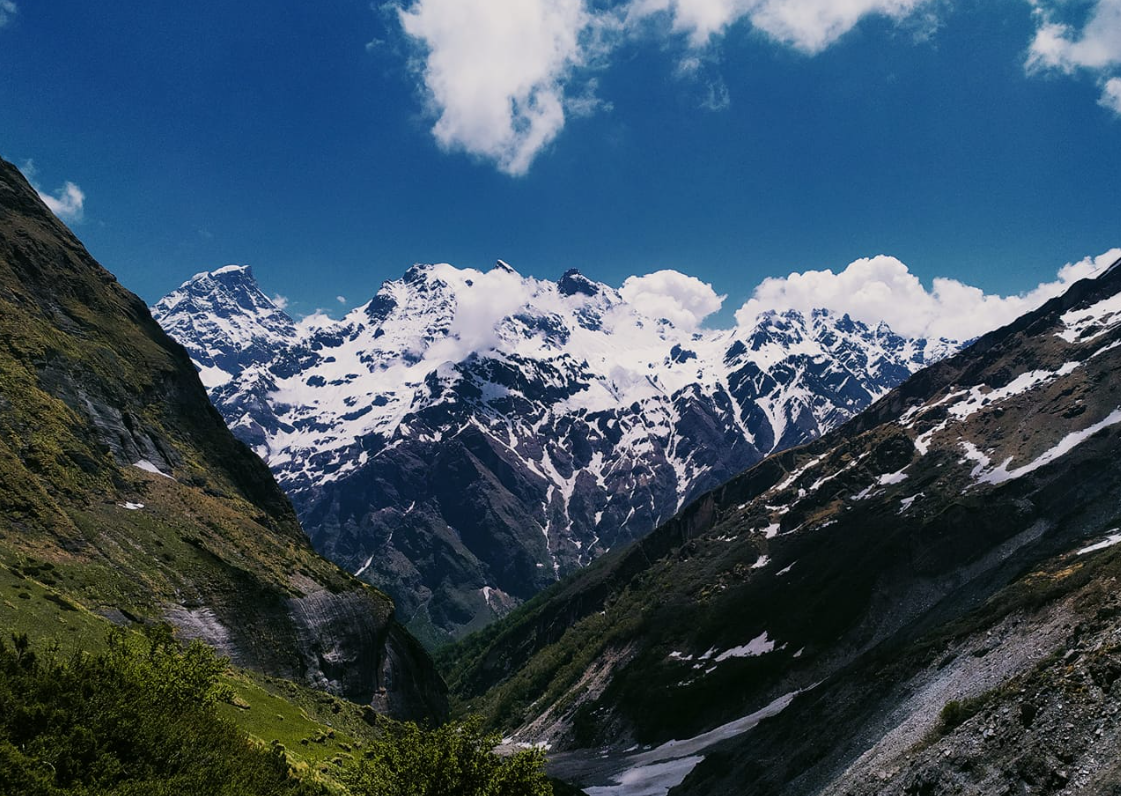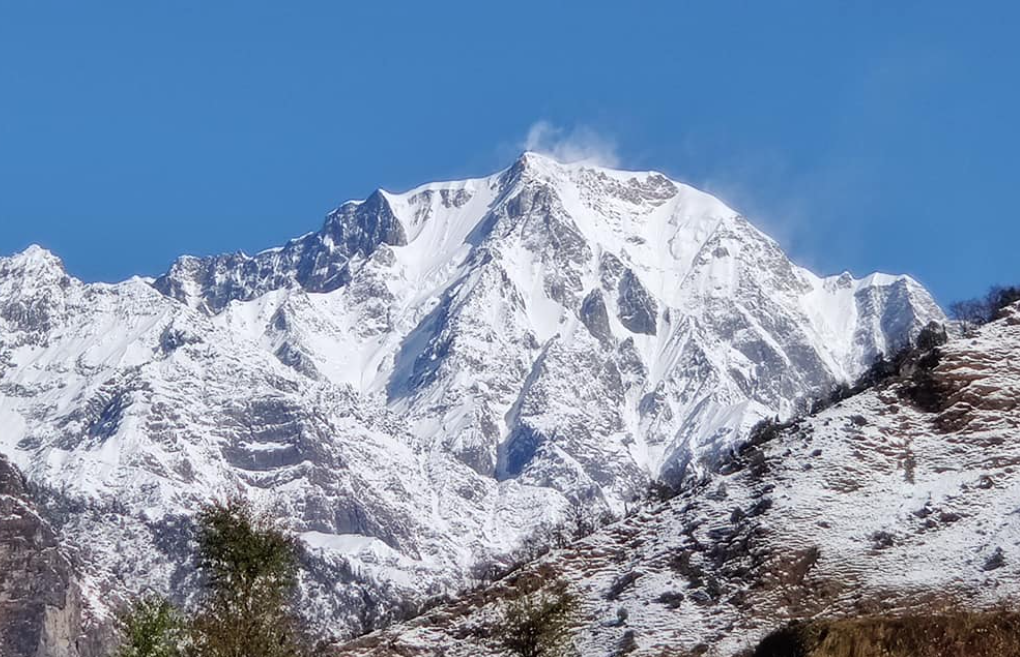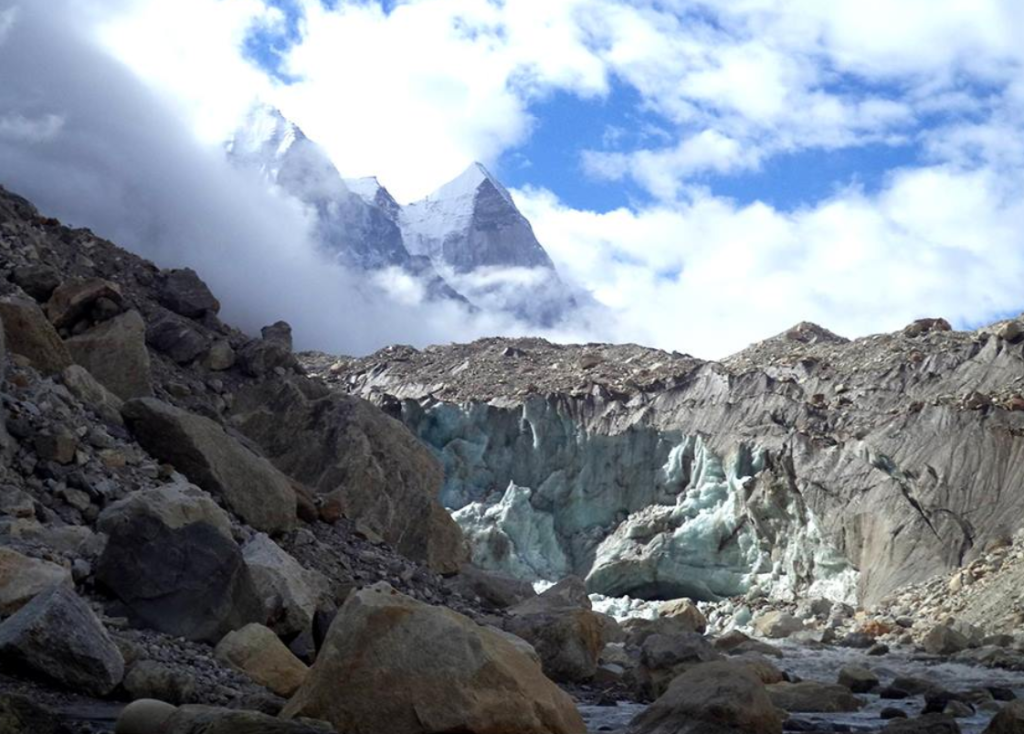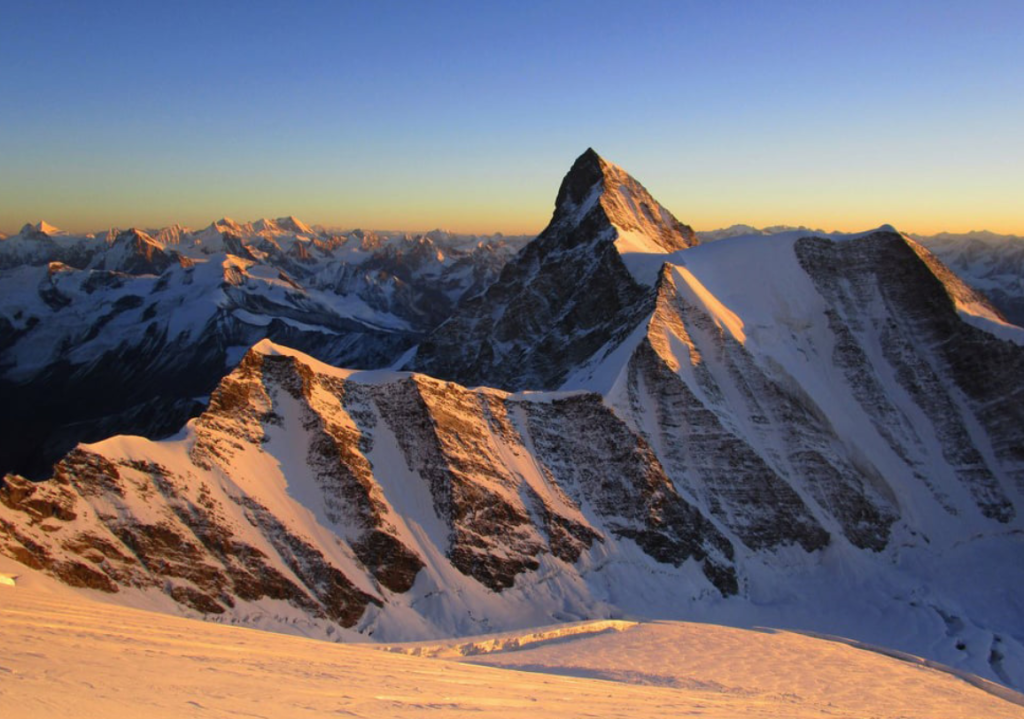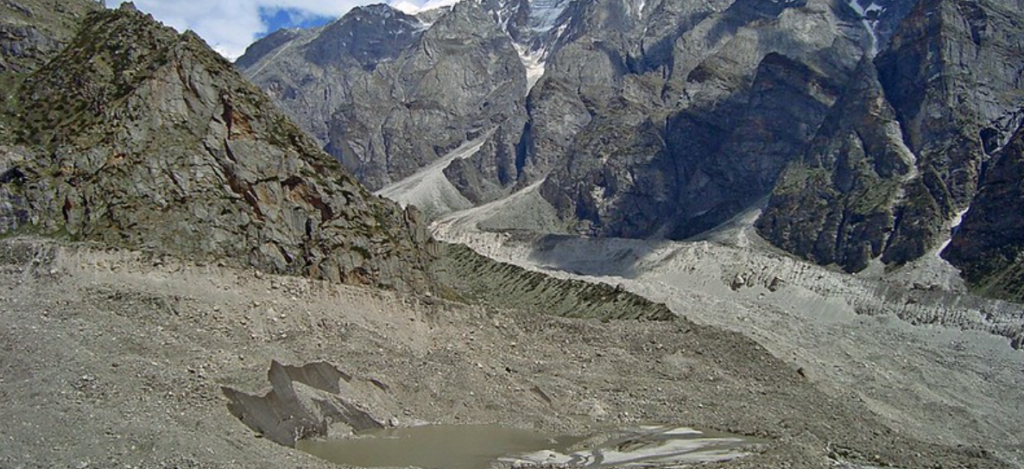Doonagiri Glacier, also known as Dunagiri Glacier, is situated in the Chamoli district of Uttarakhand, India, in the Garhwal Himalayas. It is one of the prominent glaciers in the region and is a tributary of the larger Nanda Devi Glacier.The glacier is named after Dunagiri, which is a peak in the region standing at an elevation of around 7,066 meters (23,182 feet). The glacier is a major source of the Dhauli Ganga River, which eventually joins the Alaknanda River, a tributary of the Ganges.
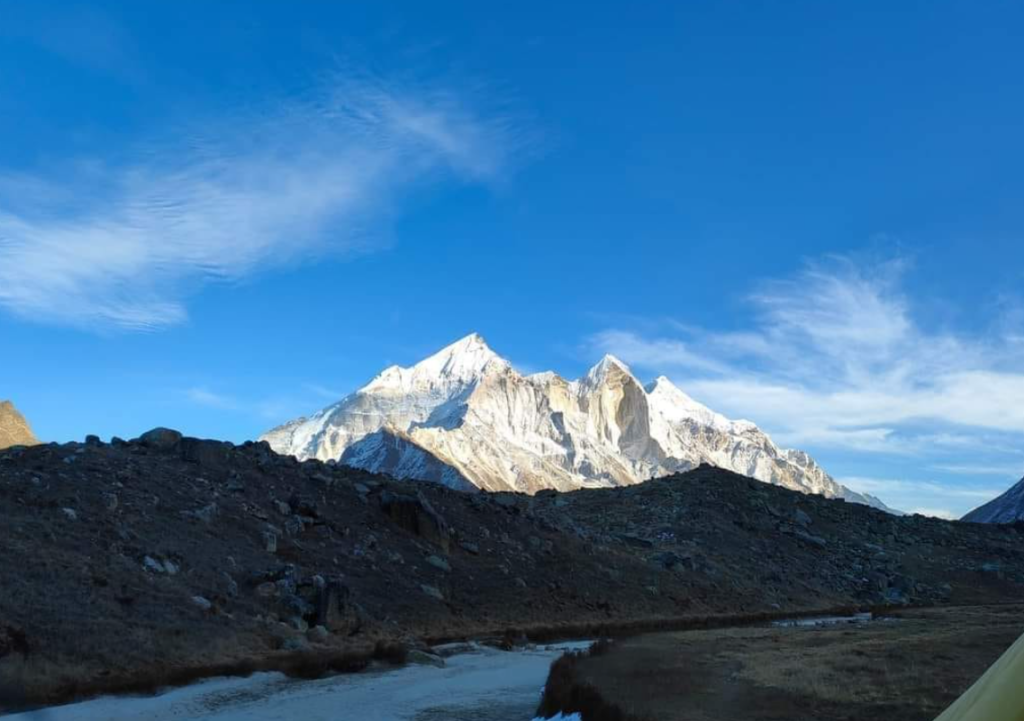
Some Key Points about Doonagiri Glacier
Location: Doonagiri Glacier is situated in the district of Chamoli in Uttarakhand. It lies in close proximity to the famous Nanda Devi peak.
Formation and Characteristics: It is a glacier formed by the accumulation and compaction of snow over thousands of years. Like other glaciers, it is characterized by its slow movement downhill due to gravity.
Size: While specific measurements can vary due to factors like seasonal changes and climate fluctuations, Doonagiri Glacier, like many glaciers in the region, has been experiencing retreat over the years due to global warming.
Importance: Glaciers like Doonagiri play a crucial role in regulating water flow in rivers, especially in the Himalayan region, where they act as natural reservoirs. They are also vital for maintaining ecological balance and supporting biodiversity.
Tourism: While not as well-known as some other glaciers in the region, Doonagiri Glacier does attract some trekkers and adventurers who are keen on exploring the remote and rugged terrain of the Garhwal Himalayas.
Environmental Concerns: Like many glaciers worldwide, Doonagiri Glacier is facing the threat of melting and retreat due to climate change. This has significant implications for local communities that rely on glacier-fed rivers for water supply and agriculture.
Scientific Research: Glaciers are also important subjects of scientific study, providing valuable insights into climate change and its impacts. Researchers may study Doonagiri Glacier to better understand its dynamics and contribution to regional hydrology.
Cultural Significance: In addition to their ecological importance, glaciers like Doonagiri hold cultural significance for indigenous communities living in the Himalayan region. They are often considered sacred and are an integral part of local folklore and traditions.
Glacier In Uttarakhand
How To Reach Sankri
Sankri is a picturesque village located in the Uttarkashi district of the Indian state of Uttarakhand. It serves as a…

Unveiling the Mystique of Kedarnath’s Lesser-Known Neighbourhoods
Kedarnath, one of the most revered pilgrimage sites in the Indian Himalayas, has been attracting devotees for centuries. While many…
Kafni Glacier
The Kafni Glacier is located in the Kumaon Himalayas in the state of Uttarakhand, India. It is one of the…
Kedarnath Yatra from Delhi (04D/3N)
Yatra Overview Region :- Garhwal (Uttarakhand)Duration :- 04 Days / 3 NightMax Altitude :- 3583 m.Approx Trekking :- 16 Km (Per Side)Reporting…
How To Reach Mindrolling Monastery
To reach Mindrolling Monastery, located in Dehradun, Uttarakhand, here’s how you can get there: By Air Nearest Airport: Jolly Grant Airport (Dehradun…
How To Reach Corbett Museum
Reaching Corbett Museum in Kaladhungi, Uttarakhand, is quite straightforward. Here’s how you can get there: By Road From Ramnagar: Distance: Approximately 30 km…
How To Reach Garjiya Temple
Garjiya Temple, located near Ramnagar in Uttarakhand, India, is a popular pilgrimage site dedicated to Goddess Garjiya. Here are the…

